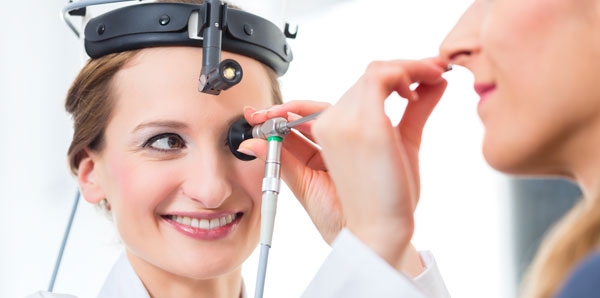Migraine and sinus headaches have some common symptoms that create confusion and make diagnosis difficult. Proximity of the structures affected during migraine to the sinuses is another reason for the confusion. However, these two conditions also have some unique signs. Read on to know more about headache-sinus and migraine headache for correct diagnosis.
Headache-sinus may vary from mild to extremely painful, so that the patient feels physically weak. Sinus headache improves as the day progresses after severe pain in morning. Weather change, cold or beginning of menstruation usually causes sinus headaches.
A migraine headache generally occurs on one side of the head, but the patient may feel it on both the sides. The headache develops over a period of time through four phases: prodrome, aura, headache and postdrome (post headache). The dilation and constriction of the brain’s blood vessels result in a migraine headache. The head pain, throbbing in the temples and head, pressure in the facial sinus or back of eyes may aggravate the migraine headaches.
When the migraine headache is situated over the sinus area, the headache is confused with sinus headache. Since change in weather is also one of the main causes of migraine, a migraine headache is mistaken for headache-sinus.
In many cases, migraine and sinus headaches do not occur simultaneously. However, if pressure on the sinus cavity’s blood vessels builds, sinus headache may trigger migraine headache.
During sinus headaches, patients may also have migraine symptoms, such as sensitivity to noise and light, and / or nausea.
Migraine headaches generally respond to antihistamines treatment, therefore, these headaches may be confused with headache-sinus.
If sinus headache symptoms like purulent discharge and acute imaginative illness are absent, the headache is due to migraine.
Usually migraine specific symptoms like phonophobia, photophobia, pulsatile quality and vomiting do not occur during sinus headache.
Common symptoms of acute bacterial sinusitis or allergic rhinitis also occur during a migraine attack, thereby causing confusion in sinus and migraine headaches.
Some times sinus x-ray shows mucosal thickening in patients suffering from headache but not having rhinosinusitis symptoms. This is a migraine symptom, but it is mistaken for sinus headache.
Generally, other symptoms of sinus diseases also occur during sinus headache unlike the migraine headache. However, sinus disease symptoms may accompany the migraine headache that is a result of a sinus headache. Nasal sinus disorder may stimulate migraine headache. A patient suffering from both sinus disease and migraine may complaint about both types of headache symptoms, thereby confusing the patient about headache type.
Consult a doctor for correct diagnosis. Do not delay the headache treatment because the delay may aggravate the problems.








